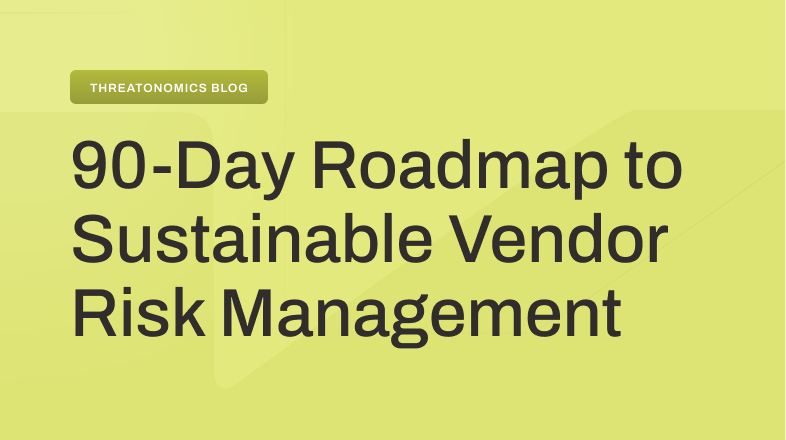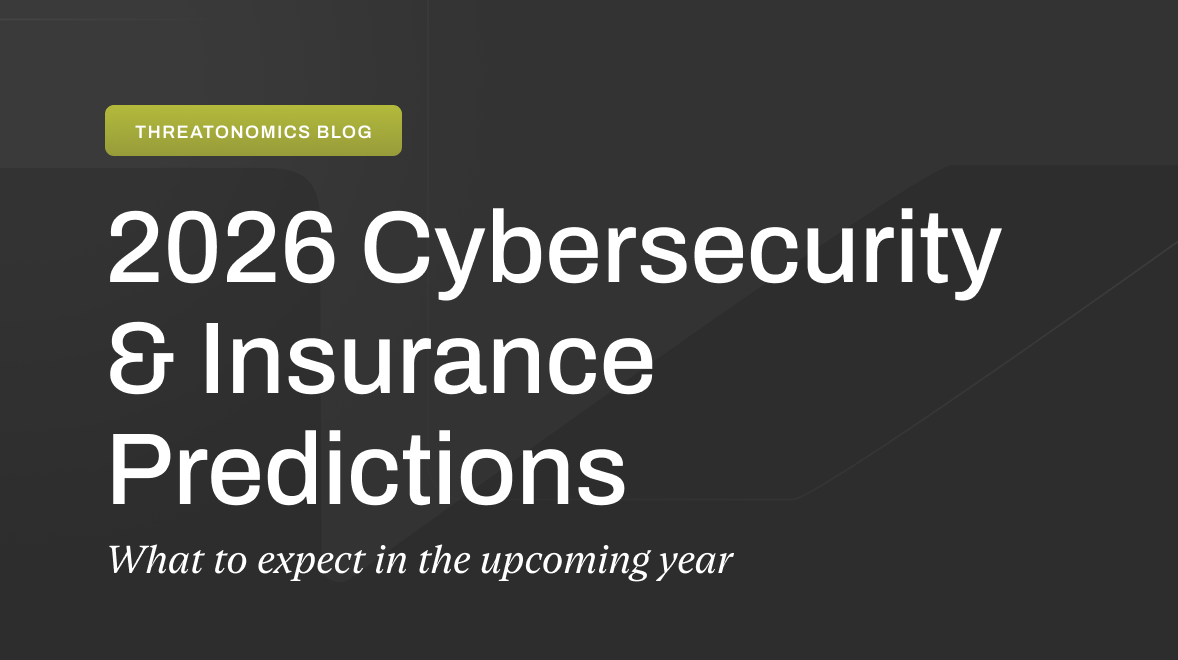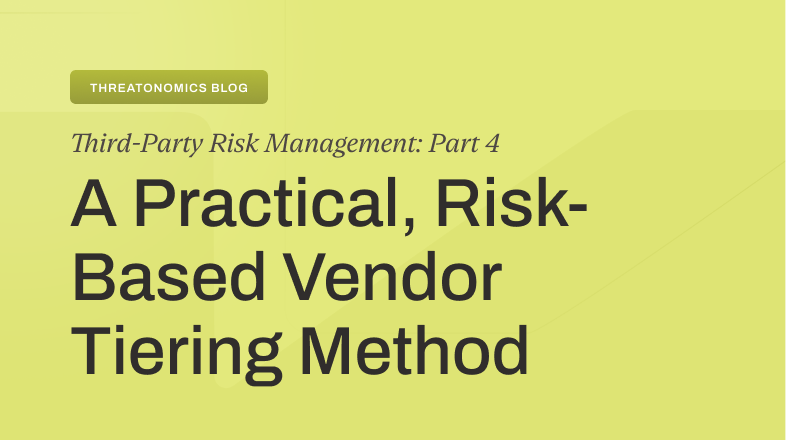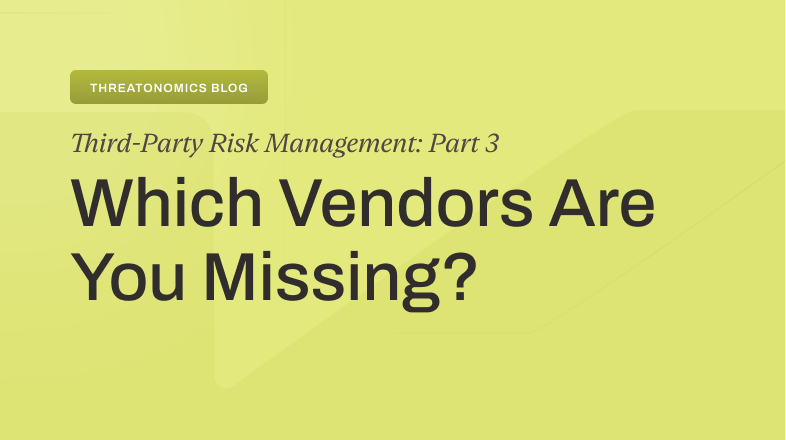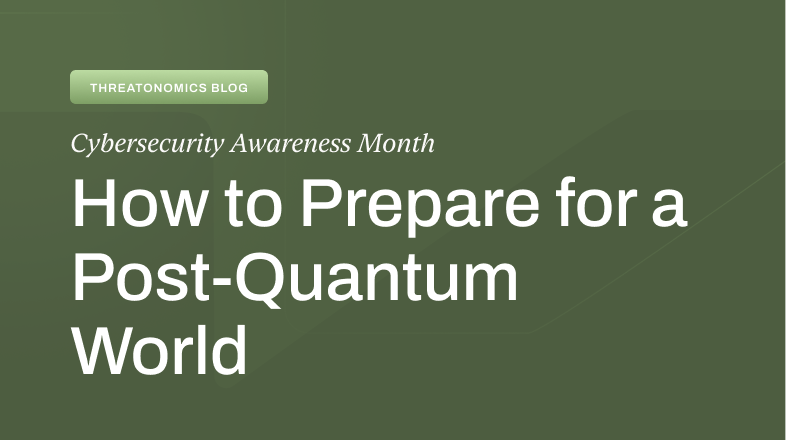Shifting from fortress thinking to strategic business alignment
In Resilience’s recent webinar, “Quantifying Cyber Risk for Strategic Business Alignment,” (which I hosted along with my colleagues Eric Woelfel, Senior Cybersecurity Engineer, and Erica Leise, Senior Security Engineer) we wanted to tackle a common—and often limiting—mindset in cybersecurity. It’s a mindset I’ve seen again and again in my decade and half building machine learning and AI systems for cybersecurity applications; one that has sometimes made collaborating with cybersecurity experts around those systems more challenging.
Security experts tend to think in certainties. A system is either safely configured—or it’s not. MFA is either required—or it’s not. From the perspective of frontline security teams, this is a necessary way of thinking. When you’re actively protecting assets, monitoring perimeters, or responding to incidents, binary thinking can be essential. Either the walls hold, or they don’t.
It’s no wonder that the fortress metaphor has become so deeply ingrained in our field. It’s useful, especially for those at the tactical level—the people manning the gates and walking the walls. It frames their work in clear, relatable terms: defenders holding off attackers.
But metaphors–even useful ones–have limits. And this particular metaphor starts to break down when you zoom out to the modern CISO’s perspective.
Understanding the modern CISO’s reality
The logical endpoint of the cybersecurity as fortress mindset is a view where every organization is under constant siege. And from the vantage point of a modern CISO, that’s exactly how it can feel — every day is a new battle; every shift a new wave of attackers.
But here’s the thing: modern businesses aren’t castles. They’re not medieval fortresses. They are complex, interconnected enterprises operating in a world of risk and opportunity. And in that world, the language of business isn’t walls and weapons: it’s risk and money.
That shift — from thinking about defending the walls to managing risk and financial exposure — is at the heart of how Resilience approaches cyber risk quantification (CRQ), and it’s exactly what we explored in the webinar.
From certainty to risk management
One of the biggest challenges for security leaders is learning to operate in the gray space of uncertainty. In security, we often want to predict the future, to be right all the time, to prevent every incident. But that’s not the goal.
Our real goal is to make informed, efficient decisions under uncertainty. To anticipate and mitigate as much as possible, while recognizing that some level of risk will always remain. We want to forecast and quantify, so we can prioritize resources where they’ll do the most good — not just in terms of technical coverage, but in terms of financial and operational impact.
That’s where quantifying cyber risk comes in.
Translating security work into the language of business
Cyber threats aren’t as neatly predictable as earthquakes or hurricanes, but they do follow patterns. With the right data, experts, and systems, we can spot those patterns and use them to translate security work into business terms.
At Resilience, we break that process down into signals, triggers, and perils — three layers that help us model risk more accurately:
- Signals are the foundational data — vulnerabilities, system configurations, threat intelligence — that describe an organization’s risk posture.
- Triggers are the initial events, like a successful phishing email or compromised credentials, that could set off a damaging chain of events.
- Perils are the concrete types of financial loss businesses experience: business interruption, extortion, data breach, and fraud.
Together, these layers give us a way to map technical security data onto real-world financial exposure — the language business leaders and board members understand.
Two tools for the modern CISO: the Loss Exceedance Curve and the Quantified Cyber Action Plan
One of the tools we use to bridge this gap is the Loss Exceedance Curve (LEC). It’s a powerful visualization that answers two essential questions:
- How likely are we to experience cyber-related losses?
- How much could those losses cost us?
The LEC plots probability against potential financial loss, giving leadership a clear picture of what’s at stake. And as security teams implement better controls, the curve shifts downward — lowering both the likelihood and severity of major incidents.
Of course, knowing your risk isn’t enough — you need to act on it. That’s why we developed the Quantified Cyber Action Plan (QCAP). It takes the financial risk data from the platform and translates it into a prioritized action plan.
Each recommended control comes with clear, quantified data:
- How much financial risk reduction it delivers.
- Which signals triggered the recommendation.
- An opportunity to estimate costs for implementation, maintenance, and operations.
- And — crucially — the return on investment (ROI), so security leaders can make the case for funding in business terms.
The goal isn’t to eliminate every possible risk — that’s impossible. The goal is to make smarter, more efficient investments that reduce the likelihood of catastrophic financial loss.
Bringing security and finance together
Ultimately, the fortress mindset isolates security from the rest of the organization. It makes cybersecurity seem like a war being fought at the gates, disconnected from the business itself.
Quantifying cyber risk changes that narrative. It gives security leaders a common language to engage with finance, risk management, and the executive team. It helps them show how security investments protect revenue, safeguard operations, and preserve the organization’s reputation — all in terms business leaders already understand.
This is the kind of alignment CISOs need, and it’s the kind of alignment we’re building into the Resilience platform.
The key takeaway from the webinar — and from my work at Resilience — is this:
We’re not here to predict the future, or to stop every possible incident. We’re here to help businesses make smarter, faster decisions in an uncertain world.
That means translating security work into business terms, so CISOs can stop feeling like they’re defending a fortress under siege — and start feeling like the strategic risk managers they truly are.
If you want to see how Resilience helps organizations quantify, manage, and transfer cyber risk, check out our platform or join us for one of our upcoming webinars.



